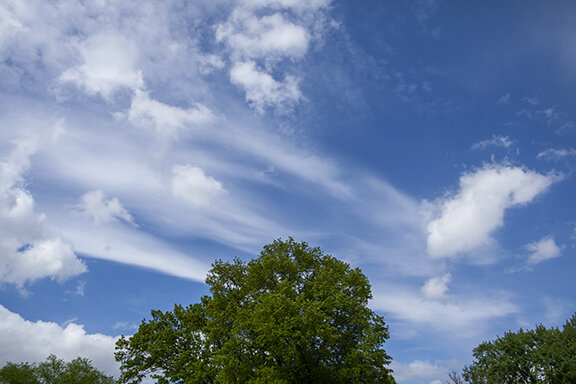Clouds of the Day - Memorial Day Monday, 25 May, 2020
/Today started with a stratocumulus overcast that by mid-morning broke into a day with bright sunshine and temperatures hitting the low 80s.
Stratocumulus
Stratocumulus transforming into cumulus
Cumulus
Cumulus
Cirrus with developing cumulus in the foreground
Altocumulus with thin cirrus above
Cumulus mediocris
Cumulus mediocris
Cumulus congestus under an altocumulus layer
Cumulus congestus (lower center) with ragged altocumulus top of photo and altostratus layer (right center).
Cumulus congestus base
Low hanging ragged cumulus
Cumulus congestus tower





































































































































